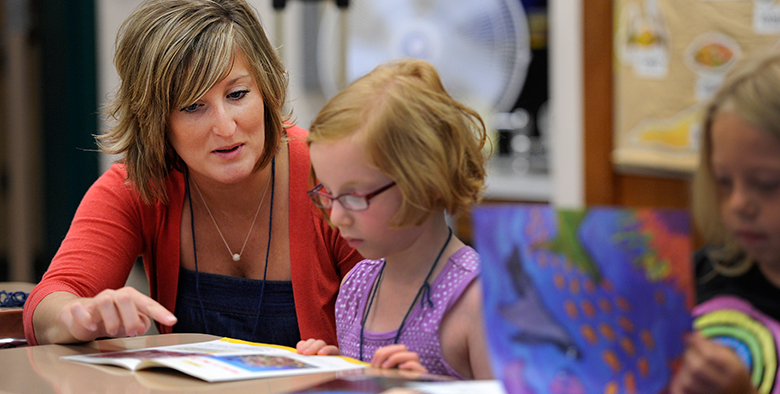The Arizona Board of Regents made history last week when it released the 2021 Postsecondary Attainment Report and, for the first time, included disaggregated data for students with disabilities.
The invaluable report informs the state about the postsecondary enrollment and completion of Arizona’s high school graduates. Previous versions of the annual report have disaggregated data by gender, race and ethnicity. Now students with disabilities will also benefit from the report.
A Disheartening First Look
The numbers from the report, detailed below, are initially stunning and disheartening: students with disabilities are far behind their peers. This is especially troubling considering that most students receiving special education services should be achieving on par with their peers if they receive the services and support to which they are entitled. In Arizona, nearly 65% of students with disabilities come from three categories of disabilities that are considered to be mild in nature such as dyslexia, speech impairment or attention deficit disorder. Indeed only 5% of Arizona students with disabilities have an intellectual disability as their primary diagnosis. Nationwide, it has been estimated that 80-85% of students with disabilities could achieve at similar levels as their peers if given the necessary services, supports and accommodations.
Key Findings






Achieve60AZ
In 2016, Arizona adopted the goal that 60% of adults ages 25-64 would hold a professional certificate or college degree by 2030. Achieve60AZ has sparked numerous conversations and
initiatives to increase postsecondary attainment, but—until now—there has never been a focus on our students with disabilities even though they comprise approximately 13% of the state’s K 12 population.
The 2021 Postsecondary Attainment Report dataset allows Arizona to add students with disabilities to the state’s strategic plans. While the initial data may be discouraging, it gives us an important baseline to begin developing solutions, setting goals and measuring progress so we can include students with disabilities in Achieve60AZ efforts.
Recommendations
Now that we are armed with this new data, there are some ways the state can act to improve postsecondary attainment of our students with disabilities:
1. Include this new data into the Arizona Progress Meter. Currently the Post-High School Enrollment and Attainment metrics do not have disaggregated data for students with disabilities. Further, let’s ensure that goals and metrics for students with disabilities are included in the Board of Regents’ Strategic Plan.
2. Create a statewide college access program for students with disabilities. College access programs are traditionally non-profit organizations that work to expand college access and success for students from low-income and minority communities. They provide services such as application completion, financial counseling, career guidance and tutoring. The same concept is needed to improve postschool outcomes for students with disabilities, and the state could use federal funds to seed a program formation.
3. Launch a dedicated scholarship fund for students with disabilities. These scholarship can be used at Arizona public or private universities, community colleges or technical schools to help students with disabilities cover the costs of the additional, yet essential, services and support they need.
4. Appropriate line-item support for universities and community colleges to improve and augment support for students with disabilities. The state already provides additional support for students with disabilities at the K-12 level. Yet, basic services are typically provided by a Disability Resource Center on campus and costs are assumed by the college. Additional services provided are typically fee-based (e.g. the SALT Center at the University of Arizona).
5. Become the first state to pass the RISE Act. Federal legislation has been introduced to address some of the obstacles K-12 students with disabilities face matriculating to college. In particular, the proposed legislation states that the same documentation required to demonstrate a student had a disability in K-12 will suffice in higher education. But Arizona doesn’t have to wait for the federal government; we can be the first state to break down these barriers.
I am extremely grateful to the Arizona Board of Regents for their commitment to equity. Together we can improve outcomes for our students with disabilities and simultaneously help Arizona to Achieve60!

Karla Phillips-Krivickas is the Senior Director of Policy and Advocacy for KnowledgeWorks. She has over 20 years of national and state education policy experience in legislative, executive and non-profit leadership roles. As a mother of a child with a disability, Karla is channeling her experience and opportunities to passionately advocate for students with disabilities. She’s on Twitter at @azkarla.
















Add comment